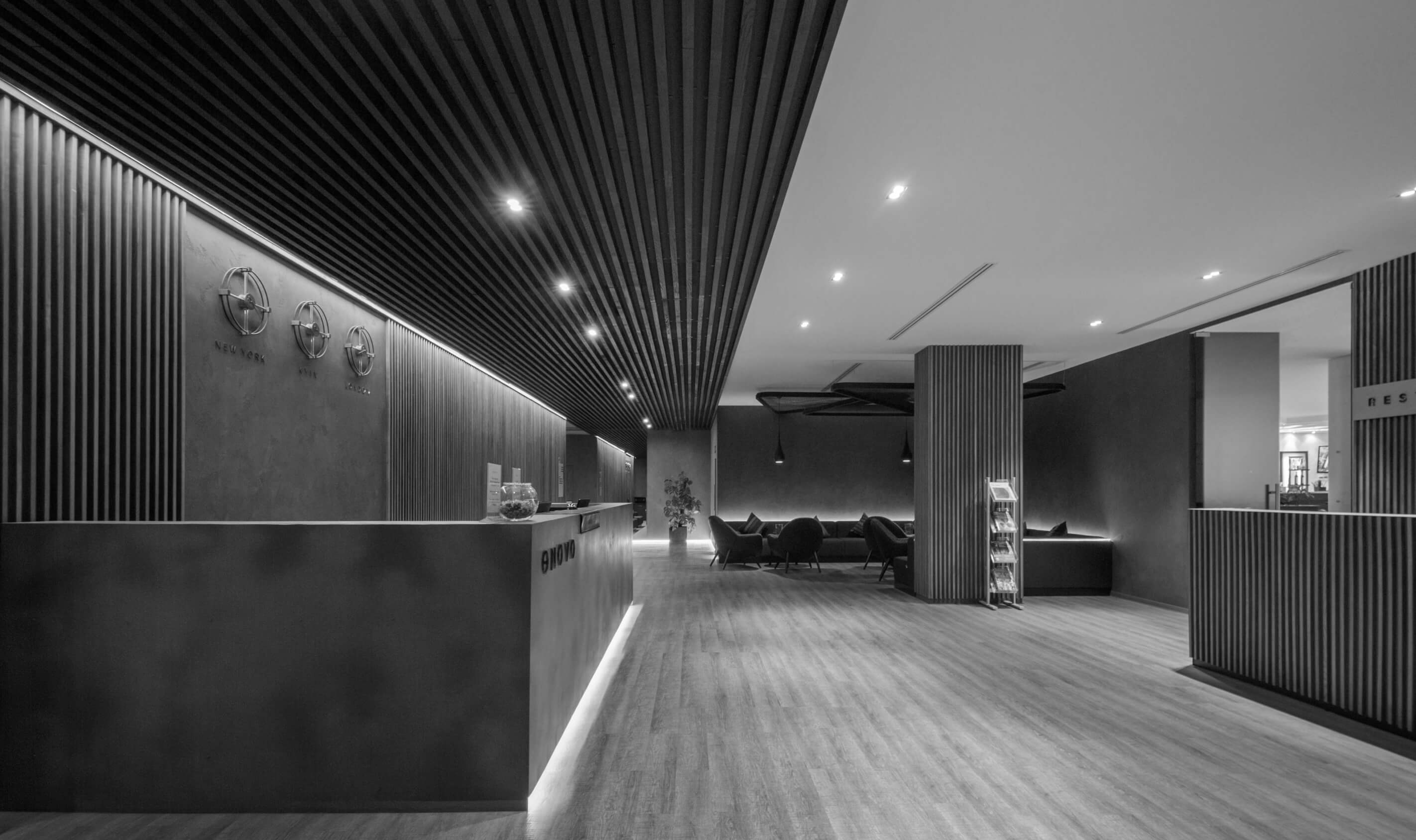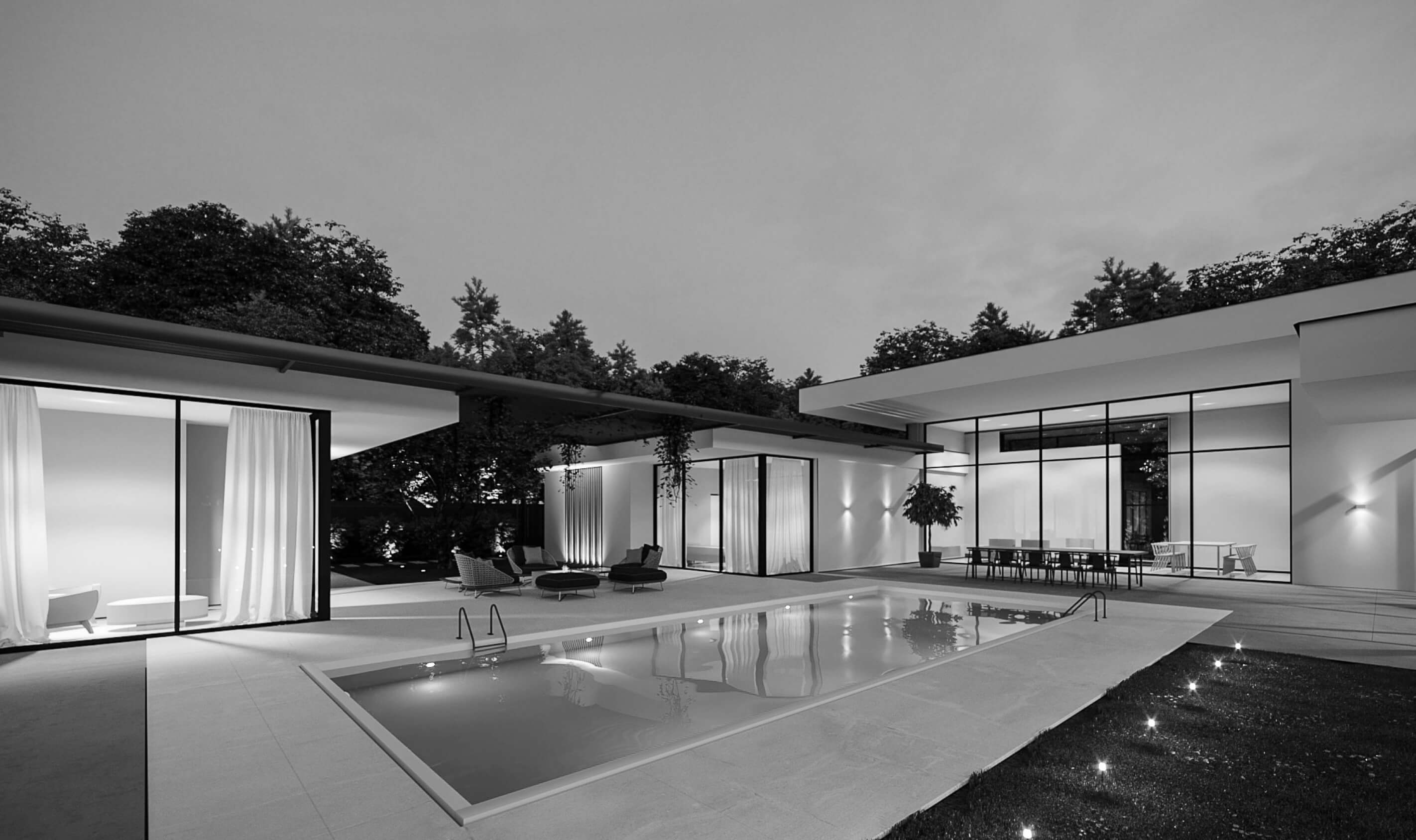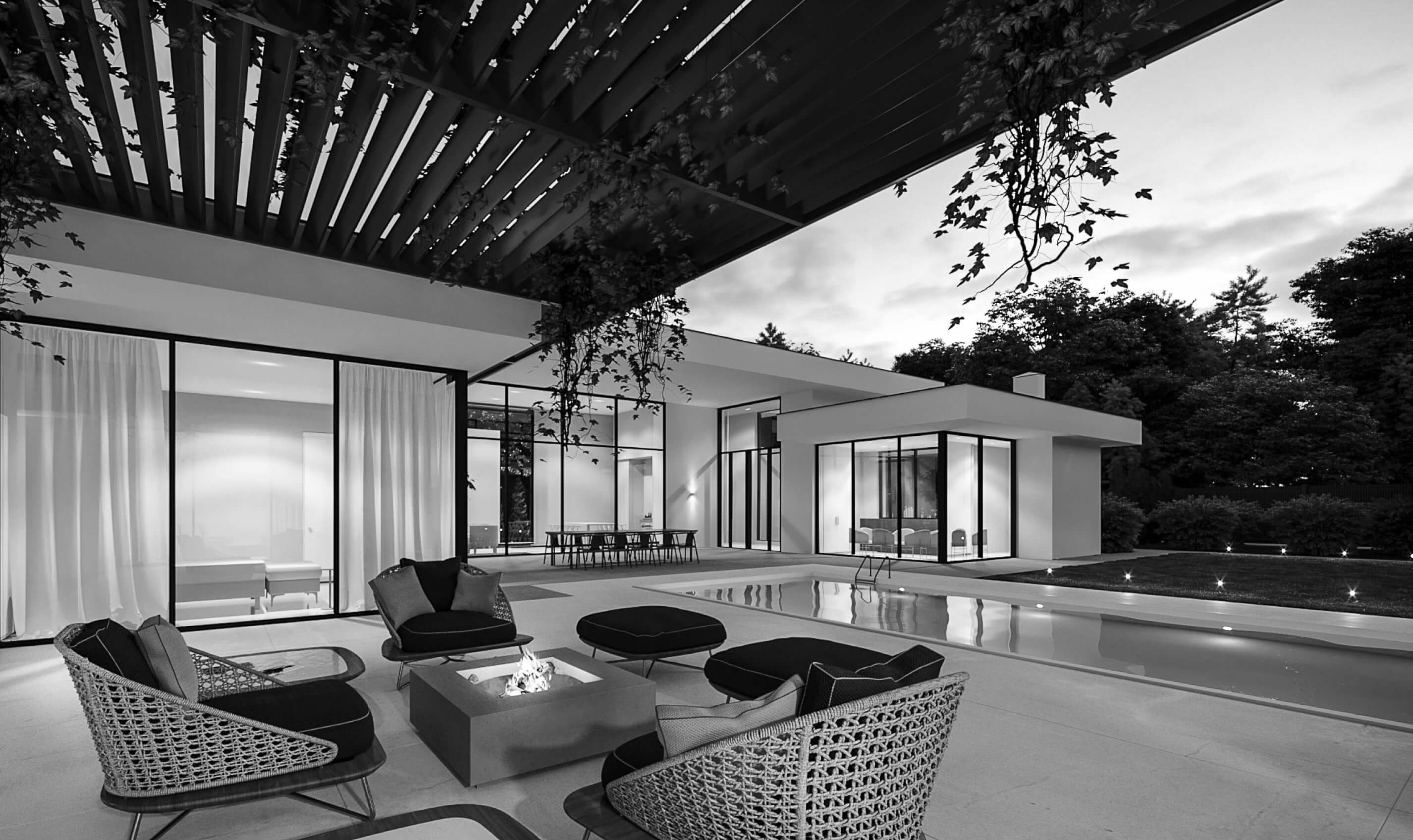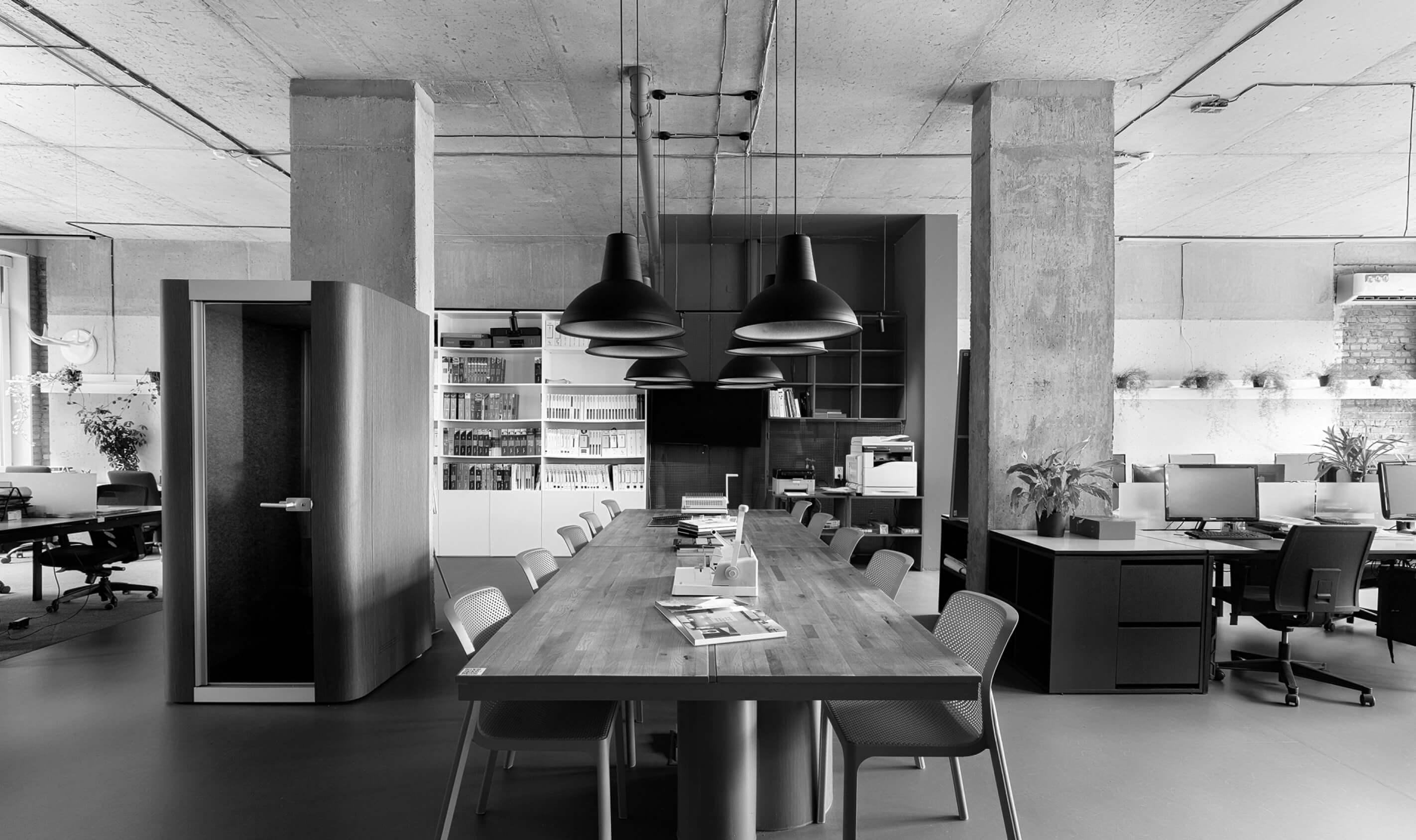The interest in flexible offices is a growing trend, which is slowly and surely continuing to gain a foothold in the commercial real estate market in large cities. The surge in popularity of flexible workspaces is not only due to the ultimatums dictated by the pandemic crisis, but also to the development of the approach to doing business. Fixed individual seats, especially the cabinet system, gradually become something archaic and unusable; the era of financially profitable flexible offices is coming.
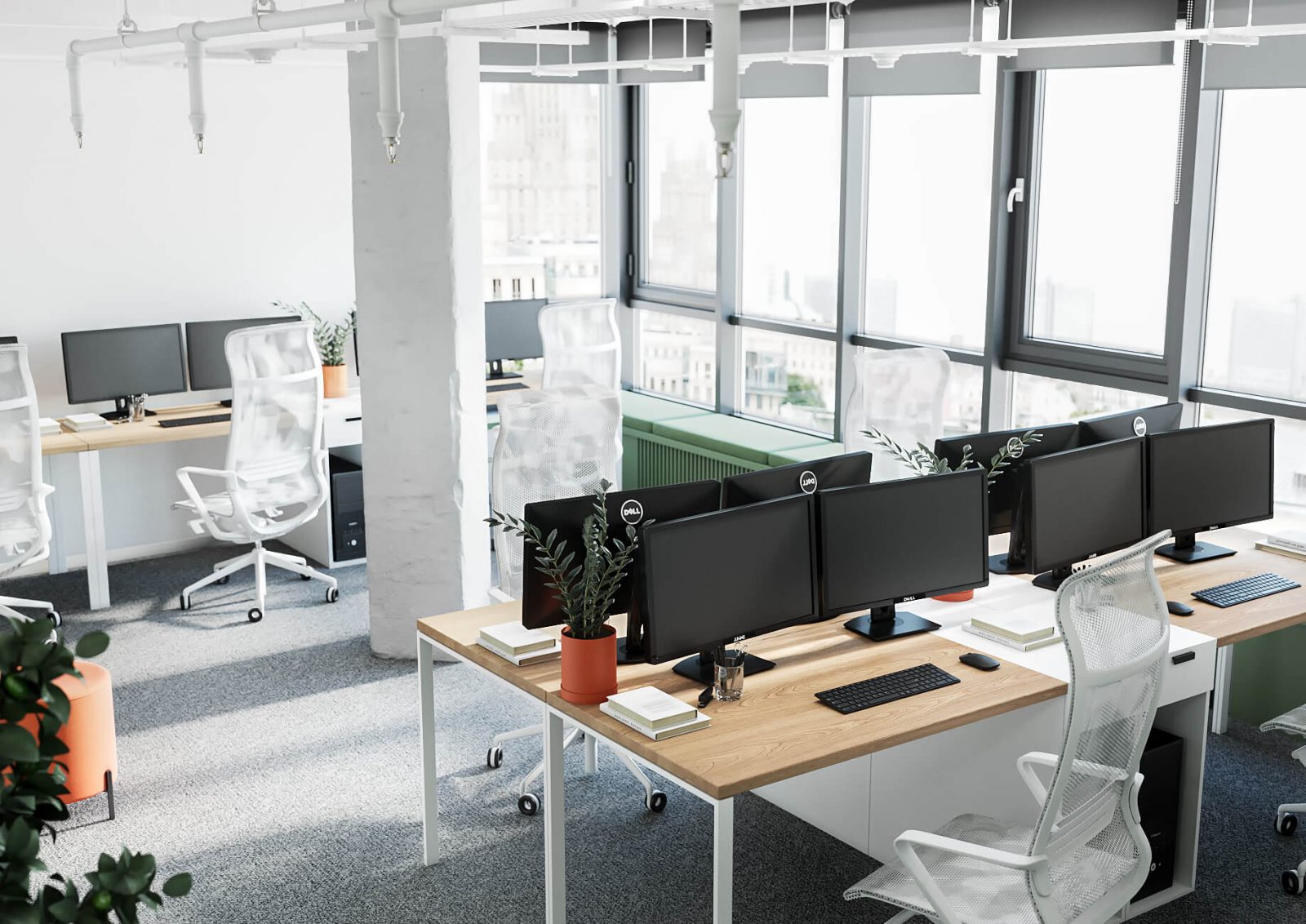
Flexible office space – the future of the commercial office
The office of the future is a multifunctional space that can be effectively re-equipped depending on the situation: for example, a part of the working or lounge area can be reformatted into a conference room, stand-up meeting, meeting area, or simply calibrated the number of workplaces according to need. At the same time, there is no need to carry out complex repairs: in some cases, it will be quite correct to move the mobile partitions for zoning and the presence of easily transformable furniture in the office. A flexible office is certainly versatile – it can accommodate representatives of small, medium, and large businesses.
That same flexibility is as follows:
- Lack of fixed jobs, hence the control of their number. The employee has the right to choose the most convenient place; the productivity of the day depends on this freedom – no one is driven into the framework of the office and is not assigned to one or another office furniture.
- An impressive number of areas for relaxation, negotiations and open spaces. In other words, the flexibility of the layout.
When the business takes off, there will be an urgent need to expand the workspace. Again, there will be an emphasis on the economic aspect. The feasibility of expansion under these conditions will depend on the availability of free space. In the context of a flexible office, taking into account non-fixed workplaces, the need to find a new premises is not so acutely felt.
According to the results of the Gensler Research Institute, more than half of the respondents (52%) expressed a desire to work on a hybrid system, partly at home and partly in the office, and only 19% are ready to completely switch to remote work.
This research was aimed at examining the factors that contribute to effective performance. Those already using a flexible office system with a hybrid workday are reporting positive benefits in creativity, problem solving, and team relationships.

Over the past few years, large enterprises have cut headcounts, as well as implemented flexible working hours and more remote work opportunities. This means that the requirements for office space are changing from fixed and static to increasingly demanding flexible and dynamic.
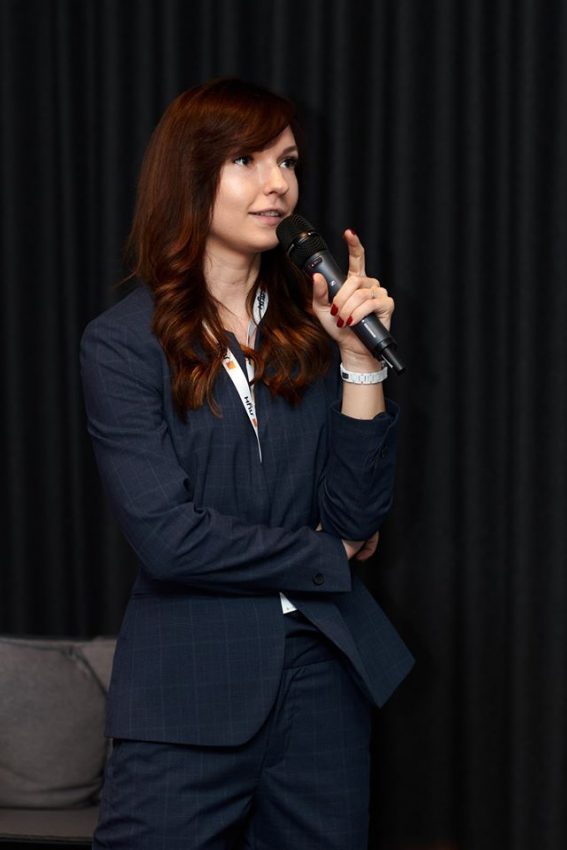
Article author: Alesya Karnaukhova
COO ZIKZAK architects

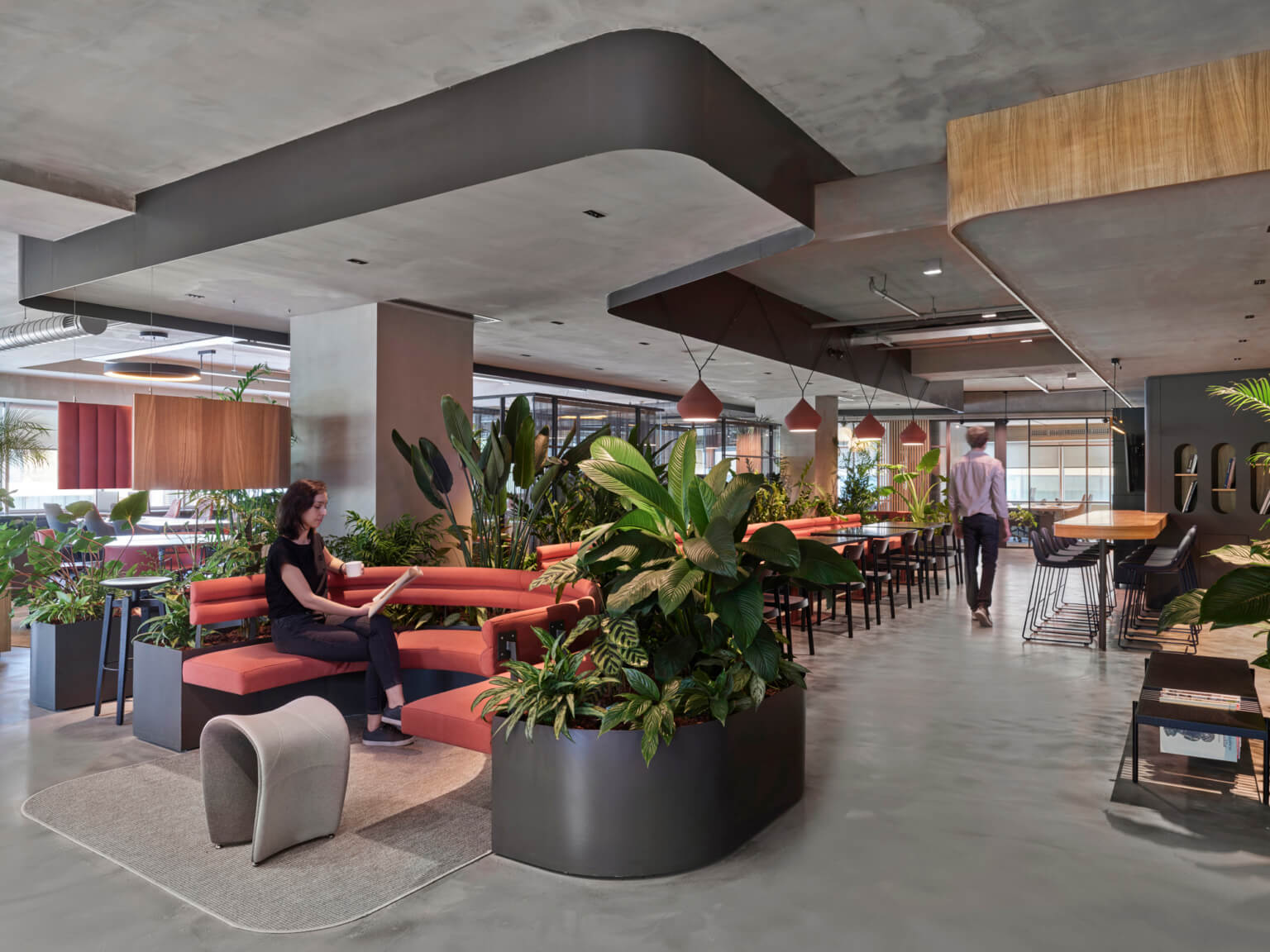

 Back
Back Back
Back



